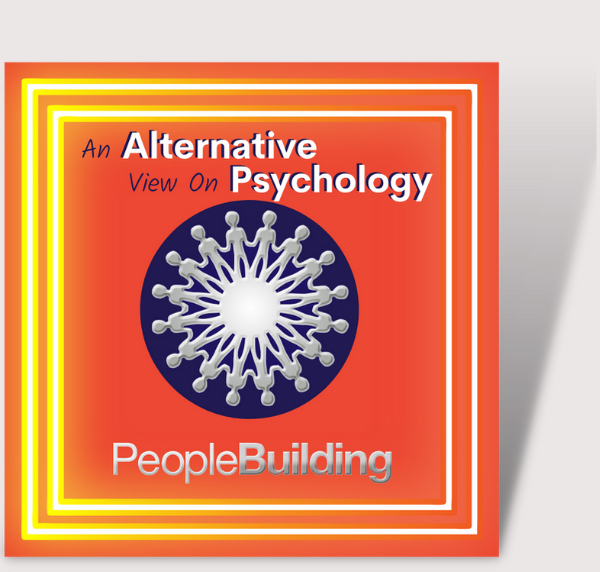Every time we interact with the world around us, we rely on our senses to perceive it – seeing, hearing, tasting, smelling, and feeling. However, it is not until we process this information that we assign meaning to it. Often, the meaning we attach to our experiences is influenced by our past encounters and personal history. If we have encountered something that triggered negative emotions or if we have learned to respond negatively to others, we will likely continue to feel the same negativity when faced with similar stimuli in the future. This realization teaches us that it is not the external stimuli themselves that evoke negative emotions, but rather the interpretation we give to them. So, the next time someone tells you that it’s all in your head, you can confidently agree with them!
Have you ever wondered how NLP tackles fears and phobias? Well, one of the techniques we use is called the logical levels of therapy. It’s a fascinating process that helps us uncover the intricate rules and strategies individuals employ to deal with their deepest fears. Let’s say someone has an intense fear of spiders. They have specific thoughts about spiders, unique ways of remembering them, vivid mental images, and even certain beliefs about these creepy crawlies. By challenging these rules and strategies, we interrupt the pattern and prevent them from experiencing the usual negative emotions associated with their phobia. It’s like rewiring their brain to break free from the fear cycle.
NLP uses a method known as the fast phobia cure, which involves working with the sensory codes in our minds to change the way we feel. By focusing on Visual, Auditory, and Kinaesthetic information, we can alter distorted perceptions and emotions. Clients are first anchored with positive emotions before desensitizing their phobic feelings through rapid mental replays of their experiences.
In addition to my methods for treating phobias, I find great success in incorporating Hypnotherapy and EFT. Hypnotherapy is particularly effective towards the end of the fast phobia process, as it helps the client achieve a state of calmness. It also allows me to test their progress by gradually exposing them to the triggers that once caused their phobic response. Moreover, I utilize Hypnotherapy to implant positive suggestions, enabling them to react differently in future situations.
By Gemma Bailey
https://peoplebuilding.co.uk/practitioners/gemma-bailey/


